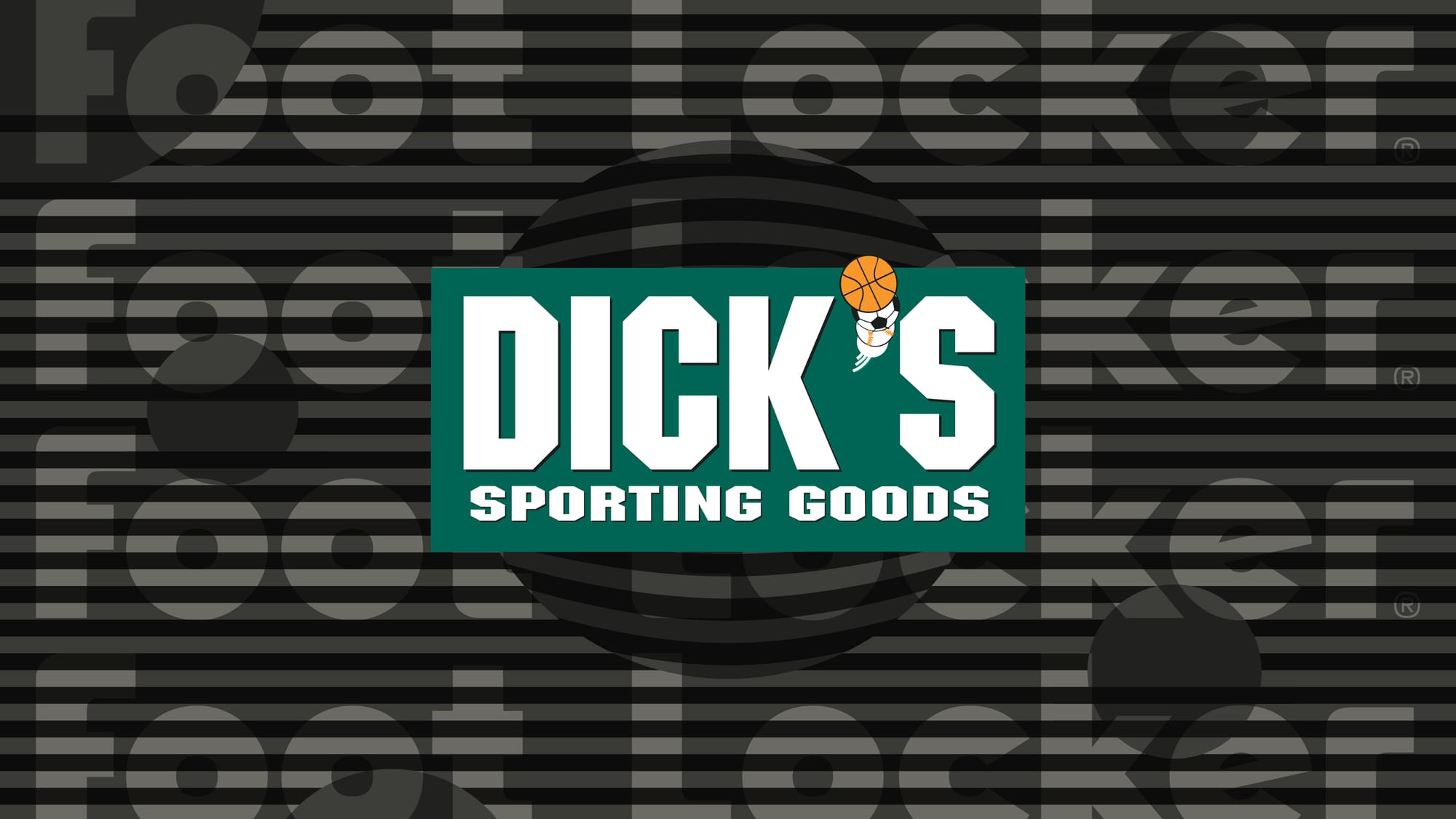The sporting goods industry just witnessed one of its most significant plays in years. Dick's Sporting Goods officially acquired Foot Locker for $2.4 billion in a deal that's reshaping the athletic retail landscape and positioning both brands for unprecedented market dominance.
A Game-Changing Alliance
On August 22, 2025, Foot Locker shareholders overwhelmingly approved the acquisition with nearly 99% of votes cast in favor of the merger. Under the terms announced in May 2025, Foot Locker shareholders can elect to receive either $24 in cash or 0.1168 shares of Dick's common stock for each share owned—representing a substantial 90% premium over Foot Locker's pre-announcement share price.
"We are now one step closer to joining forces with Dick's and even better positioning the business to expand sneaker culture, elevate the omnichannel experience for our customers and brand partners, and enhance our position in the industry," said Mary Dillon, CEO of Foot Locker.
The strategic rationale behind this acquisition extends beyond simple market consolidation. Dick's, with $13 billion in 2024 revenues, operates 856 stores exclusively in the U.S. market. Meanwhile, Foot Locker achieves an international reach with 2,400 stores across 20 countries, deriving approximately 30% of its revenue from global markets. Together, they'll create a retail giant controlling more than 15% of the U.S. sporting goods market.
Unlocking Demographic Synergies
The deal's most compelling aspect lies in its demographic diversification. Placer.ai data reveals that Dick's traditionally attracts suburban, family-oriented customers with higher median household incomes ($ 87,400) and higher educational attainment. Foot Locker, conversely, connects deeply with urban, younger, and fashion-conscious "sneakerhead" demographics, who have a median household income of $62.3K.
"Dick's has been extremely innovative and successful over the last few years domestically. Meanwhile, Foot Locker has a global presence and assortment depth in footwear that will be useful for Dick's," noted CI&T's global director of retail strategy, Melissa Minkow.
This demographic expansion creates significant value for brand partners, particularly Nike, which analysts estimate will represent 30-35% of the combined entity's total sales. Wall Street experts see Nike as a primary beneficiary, with Jefferies analysts stating that "a well-managed FL, along with a streamlined marketplace and impactful innovation, should bolster NKE's recovery".
Navigating Challenges Ahead
Despite the strategic advantages, the acquisition faces scrutiny. Senator Elizabeth Warren has raised antitrust concerns, warning that the deal "could lead to higher prices for consumers" and create a potential duopoly with JD Sports in the athletic footwear market. Additionally, store closures due to operational overlap threaten job losses in local communities already facing retail challenges.
Neil Saunders, Managing Director of GlobalData Retail, cautioned that Dick's "would be inheriting a business that is still trying to find its stride," referring to Foot Locker's ongoing turnaround efforts following Nike's 2017 shift toward direct-to-consumer sales.
The Bottom Line
This acquisition represents more than financial consolidation—it's a strategic response to evolving consumer behavior and brand relationship dynamics in the athletic retail sector. By combining Dick's operational excellence with Foot Locker's cultural credibility and international presence, the merged entity positions itself to compete more effectively against direct-to-consumer brands while offering suppliers like Nike unprecedented market reach.
The deal, expected to generate $100-125 million in cost synergies, signals a new era where traditional retail boundaries blur and cultural authenticity becomes as valuable as operational efficiency. For American consumers, this merger promises enhanced product access and omnichannel experiences—assuming regulatory approval and successful integration deliver on their ambitious promises.




Discussion